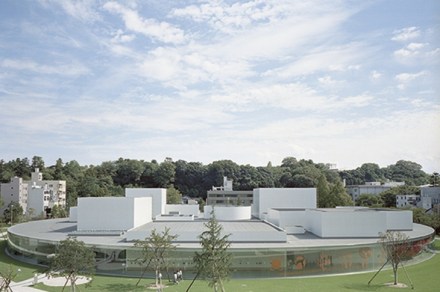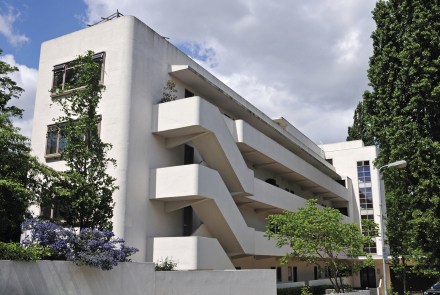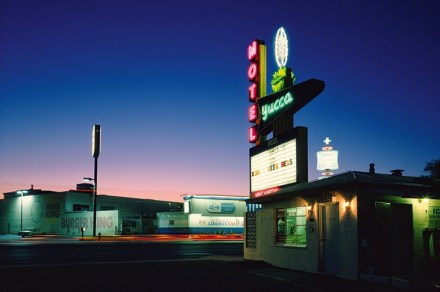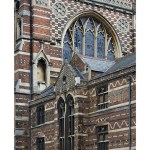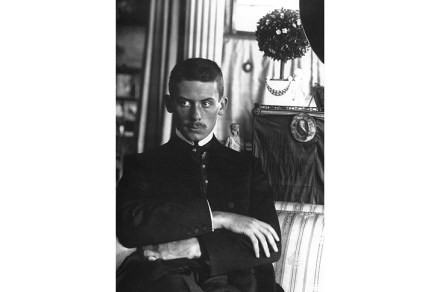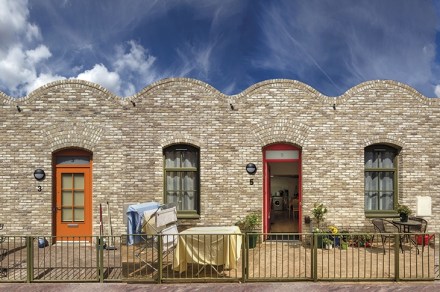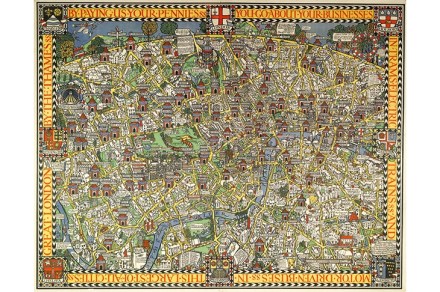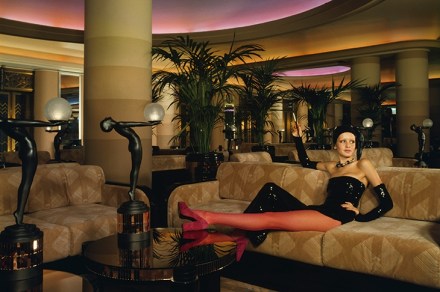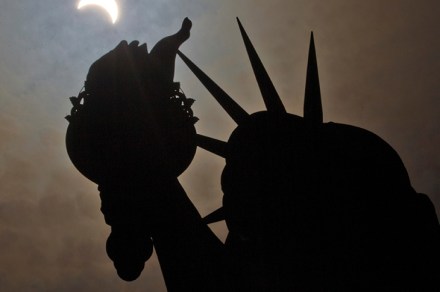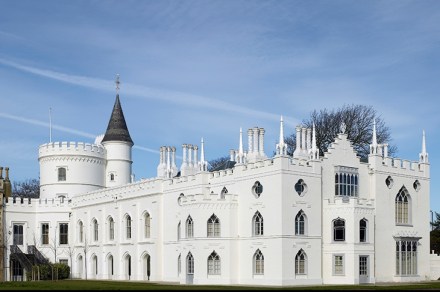From temple to labyrinth — the art museum today
At a certain point, the critic Robert Hughes once noted, at the heart of American cities churches began to be replaced by museums. Much the same occurred elsewhere in the world in the later 20th and early 21st centuries. Museums have sprouted from the earth in many diverse forms and numerous places. Enormous sums have been lavished on them. Vast processions of visitors file through their doors like medieval pilgrims — or at least they did before the pandemic struck. Once, there was widespread agreement as to what should go inside these temples of the arts: old master paintings, ancient carvings, the best and noblest artefacts humanity has produced. This
